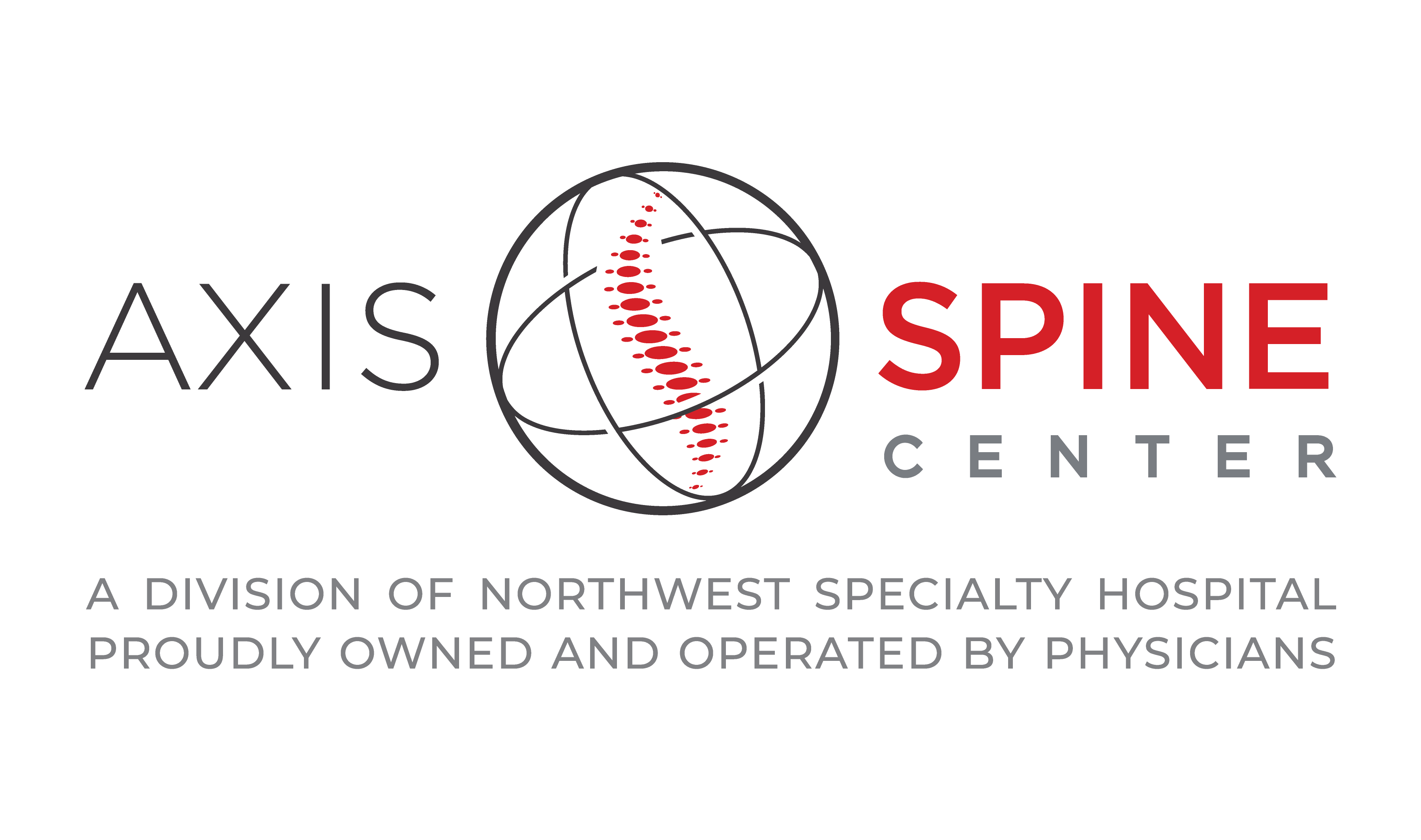
For Chronic Low Back Pain
A lumbar medial branch block is an outpatient procedure used to diagnose and treat low back, buttock, hip and groin pain.
Facet joints are the joints found on both sides of the spine that connect the vertebrae and help guide your spine when you move. Each facet joint is about the size of a thumbnail. The low back area of the spine is called the lumbar region and contains five vertebrae with facet joints.
Lumbar facet joints are named for the vertebrae they connect and the side of the spine they sit on. For example, the right L4-5 facet joint joins the fourth and fifth lumbar vertebrae on the right side. Near the facet joints are medial branch nerves that transmit pain signals from the facet joints to the brain.
You may feel pain if a lumbar facet joint is injured. The pain can range from mild, similar to muscle tension, to more severe. There are two places where an injury may occur: the cartilage inside of the joint or the ligaments surrounding it.
Facet pain will be localized depending on which facet joint is affected. Pain from lumbar facet joints occurs in any area from your low back down to your buttocks.
Take a look at the diagram. If you have pain in one or more of these areas that has lasted for more than two months, you may have lumbar facet pain. X-rays and MRIs may not always show if a facet joint is causing pain, so we will often rely on alternative diagnostic methods.
In a lumbar medial branch block, an anesthetic is injected near the medial branch nerve. This injection stops the transmissions of pain signals from the facet joints to the brain. If this reduces your pain and helps you move your back like normal, it may tell the doctor which facet joint is causing your pain.
First, a local anesthetic will be used to numb your skin in the treatment area. Then, your doctor will insert a small needle near the medial branch nerve. An x-ray called fluoroscopy helps ensure that the needle is safely and properly placed. A dye will also be injected to make sure the needle is in the correct spot. Once your doctor is sure the needle is correctly placed, they'll inject the medicine.
After the injection, you'll be monitored for up to 30 minutes. When it's time to leave, our staff will provide you with discharge instructions and a pain diary. It is important to fill this out because it helps your doctor track how well the injection is working. It may also help to move your back in ways that hurt before the injection to see if the pain is still present. However, you should be careful not to overdo it. Take it easy for the rest of the day.
You may feel immediate pain relief and numbness in your back for a time after the injection, which tells us that the medication reached the right spot. You can usually return to work the day after the injection but always check with your doctor before making decisions like these.
The extent and duration of pain relief may depend on the amount of inflammation you've experienced, as well as the number of areas involved. Coexisting factors may also be responsible for your pain, so it's important to track your progress and any changes.
If your pain goes away for a short time but then returns, you may be a candidate for radiofrequency ablation (RFA) of the medial branch nerve. RFA procedures may provide a more sustained disruption of pain signals and prolonged pain relief.
